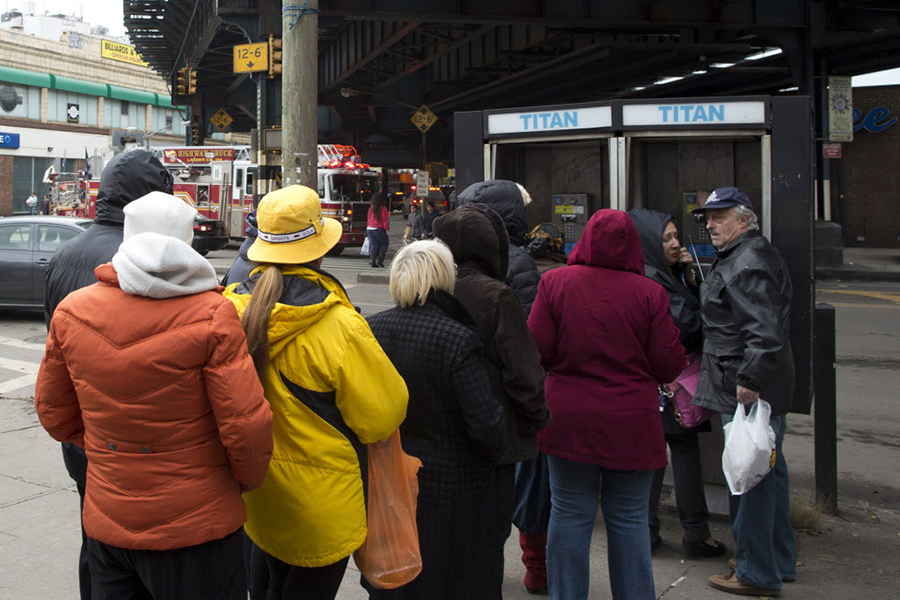How a high-tech 'go bag' could keep you connected in a natural disaster
Loading...
As severe weather threatens the US Atlantic coast, it’s not too late to prepare a technology-friendly survival bag and download the apps that can help those in the path of the storm manage a severe weather event.
When power fails and batteries drain, people still need to phone for help, post updates of their area’s conditions to loved ones via social media, get weather updates, find shelter locations, or use smartphone applications that can help them cope with severe weather.
Despite the slower than normal start to this Atlantic hurricane season, American Red Cross volunteer Dan Halyburton says in an interview that preparedness is vital and “being able to preserve our devices is a big issue today since we also want to stay in touch in an emergency situation.”
“I keep up with the technology for the Red Cross and we would just love for people to have a 'go kit,'” says Halyburton, who created a video for how to make a Digital Survival Kit. “The right way to do it is to have a home kit with your electronics, some food and water etc.; a personal one for each person; and one for when you’re at work. The idea is to get me from where I am right now to a point of safety and give me some of the basic needs.”
Supplies for kits are listed online at the Red Cross and can be purchased at local stores, or via the Red Cross Store online.
Laura Maschal and her husband rode out Hurricane Sandy on Long Beach Island in New Jersey, an 18-mile-long barrier island, in October of 2012 and were without power or running water for about two weeks.
“We shared our car charger with neighbors so they could charge their phones,” she says in an interview.
Halyburton adds, “Your car is your greatest source of power in these situations but before the storms hit you need to make sure you have the right power cords that are compatible with your car charger.”
Halyburton recommends backup chargers for your electronics, powered by hand cranks or solar panels.
He also mentions the Blackout Buddy H2O ($9.99) by Eton, an always-ready, water-activated, emergency light (no batteries required). Just get it wet.
However, since most electronics don’t work when wet, Halyburton recommends keeping your phone, batteries, cords, and chargers in a one gallon Ziplock bag.
Another good reason to keep your smartphone intact and powered-up is the Red Cross’ new Emergency mobile app to help before, during, and after a severe weather event or natural disaster. Users can to set alerts for multiple locations in order to know what’s about to hit your area, as well as areas where loved ones live. This and other Red Cross apps are free via the iTunes App Store or Google Play.
Even though you are working to preserve your digital life, in order to keep your real life intact Halyburton also urges people to make paper copies of phone numbers and other important information that might be only stored on a device that is non-functional.
“When I think about it, it was all the low tech that made it bearable,” Ms. Maschal says in an interview. “A good pair of boots is a MUST. A sturdy can opener. Matches or a lighter. I still keep a headlamp with me wherever I go.”








